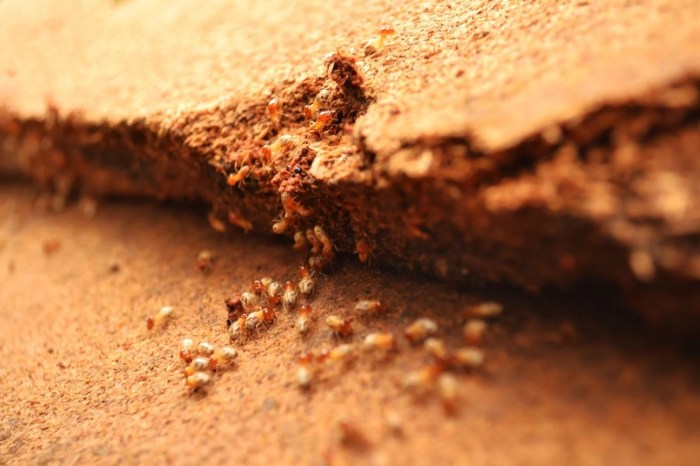Tiny white bugs on daylilies – Unveiling the tiny white bugs that inhabit daylilies, this guide delves into their intricate world, exploring their characteristics, impact, and management strategies. From identification to prevention, this comprehensive overview unravels the secrets of these fascinating insects.
Daylilies, known for their vibrant blooms, can often fall prey to tiny white bugs that disrupt their growth and aesthetics. These minuscule creatures, with their unique biology and behavior, pose challenges to gardeners seeking to protect their prized plants.
Tiny White Bugs on Daylilies: Identification
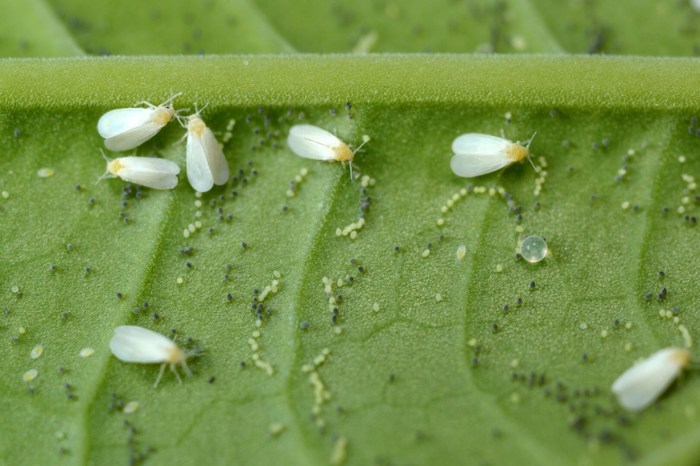
Daylilies, beloved for their vibrant blooms, can sometimes be plagued by tiny white bugs. These insects can hinder the plant’s growth and detract from its aesthetic appeal. To effectively combat these pests, it’s crucial to identify them accurately.
Physical Characteristics
- Size:Minute, typically less than 1/16 inch in length
- Color:Pearly white or off-white
- Shape:Oval or elongated, with a segmented body
- Wings:Some species may have transparent wings
- Antennae:Short and threadlike
Scientific and Common Names
- Thrips:Tiny, slender insects that feed on plant sap
- Aphids:Small, soft-bodied insects that form colonies on plant stems
- Whiteflies:Tiny, moth-like insects with white, powdery wings
Life Cycle and Behavior
The life cycle of these insects varies depending on the species. Generally, they lay eggs on or near the plant, and the nymphs hatch and feed on the plant’s juices. Some species may overwinter in the soil or on the plant.
These bugs can cause damage to daylilies by sucking the sap, which can lead to stunted growth, yellowing of leaves, and reduced flowering. Additionally, their excrement can attract ants and other pests.
Damage Caused by Tiny White Bugs
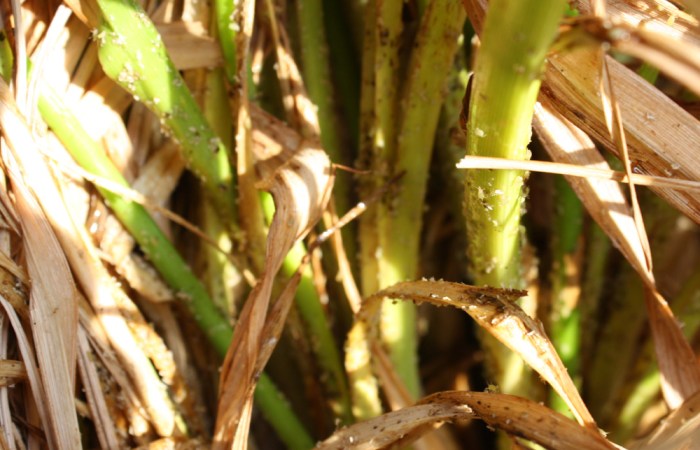
Tiny white bugs, such as thrips and aphids, can cause significant damage to daylilies, affecting their growth, appearance, and overall health.
These bugs feed on the sap of daylilies, puncturing the plant’s tissues with their sharp mouthparts. As they feed, they inject toxins into the plant, which can cause a variety of symptoms.
Discoloration and Distortion
- Feeding by tiny white bugs can cause discoloration of the daylily leaves, resulting in yellowing, browning, or spotting.
- The bugs can also cause distortion of the leaves, leading to curling, cupping, or stunting.
Growth Inhibition
Severe infestations of tiny white bugs can inhibit the growth of daylilies. The bugs’ feeding can damage the plant’s vascular system, reducing its ability to transport water and nutrients throughout the plant.
Bud and Flower Damage
- Tiny white bugs can feed on daylily buds and flowers, causing them to become deformed or discolored.
- In severe cases, the bugs can prevent the buds from opening or cause the flowers to drop prematurely.
Disease Transmission
In addition to causing direct damage, tiny white bugs can also transmit diseases to daylilies. These diseases can further weaken the plants and make them more susceptible to other pests and environmental stresses.
Management and Control of Tiny White Bugs
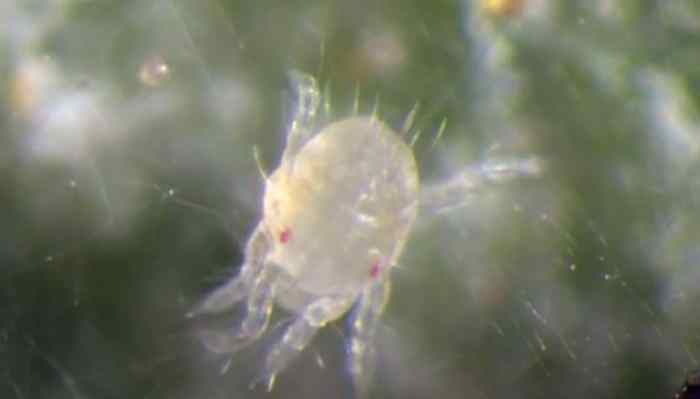
Effectively managing and controlling tiny white bug infestations on daylilies requires a multifaceted approach that combines chemical and non-chemical strategies. Each method has its advantages and drawbacks, making it crucial to select the most appropriate technique based on the severity of the infestation and the specific circumstances.
Chemical Control
Chemical control involves the use of insecticides to eliminate or reduce bug populations. Insecticides can be applied directly to the plants or to the surrounding soil. Common insecticides used for tiny white bug control include:
- Imidacloprid:A systemic insecticide that is absorbed by the plant and distributed throughout its tissues, providing long-lasting protection.
- Acephate:A contact insecticide that kills bugs on contact and provides residual protection.
- Carbaryl:A broad-spectrum insecticide that is effective against a wide range of pests, including tiny white bugs.
Chemical control can be effective in quickly reducing bug populations, but it is important to note that insecticides can also harm beneficial insects and pollinators. Therefore, chemical control should be used as a last resort and only when non-chemical methods have proven ineffective.
Non-Chemical Control
Non-chemical control methods rely on natural or cultural practices to manage tiny white bug infestations. These methods are generally considered more environmentally friendly and sustainable than chemical control.
Biological Control
Biological control involves the introduction of natural enemies of tiny white bugs, such as ladybugs, lacewings, and parasitic wasps. These predators and parasites feed on the bugs, helping to reduce their populations. Biological control is a long-term solution that can be effective in maintaining low bug levels over time.
Cultural Practices
Cultural practices that can help control tiny white bugs include:
- Sanitation:Removing plant debris and weeds can eliminate hiding places for bugs and reduce their populations.
- Crop Rotation:Planting daylilies in different locations each year can prevent bugs from establishing permanent infestations.
- Companion Planting:Planting companion plants that repel bugs, such as marigolds or nasturtiums, can help deter infestations.
Non-chemical control methods are generally less effective than chemical control in rapidly reducing bug populations, but they can be a more sustainable and environmentally friendly option in the long term.
Choosing the Right Control Method
The choice of control method depends on several factors, including the severity of the infestation, the time of year, and the availability of resources. In general, non-chemical methods are preferred when possible, but chemical control may be necessary in cases of severe infestations or when non-chemical methods have failed to provide adequate control.
Prevention of Tiny White Bug Infestations: Tiny White Bugs On Daylilies
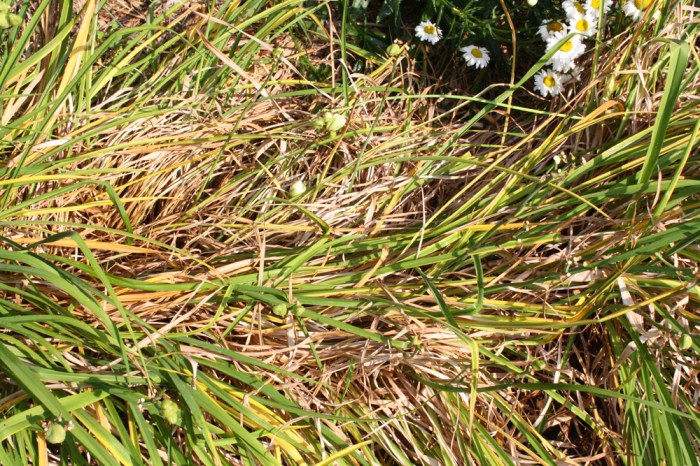
To minimize the risk of tiny white bug infestations on daylilies, preventive measures are crucial. Proper plant care, sanitation, and companion planting can significantly reduce the likelihood of infestation.
Sanitation, Tiny white bugs on daylilies
Maintaining good sanitation practices is essential in preventing bug infestations. Regularly remove fallen leaves and debris around daylilies, as they can provide hiding places for bugs. Additionally, remove infected plant material promptly to prevent the spread of infestation.
Tiny white bugs are a common problem on daylilies. These bugs can cause damage to the plant, and they can also be a nuisance. Fortunately, there are a number of things you can do to control these pests. For more information about a eduardo le duele el codo.,
click here . You can also learn more about tiny white bugs on daylilies by visiting your local garden center.
Proper Plant Care
Healthy daylilies are less susceptible to bug infestations. Ensure adequate sunlight, proper drainage, and optimal soil conditions. Avoid overwatering, as it can create an environment conducive to bug infestations.
Companion Planting
Companion planting can deter certain bugs. Consider planting garlic, onions, or marigolds near daylilies, as their strong scents can repel bugs. Additionally, intercropping with other plants can disrupt bug breeding cycles and make it more challenging for them to find daylilies.
Biological Significance of Tiny White Bugs
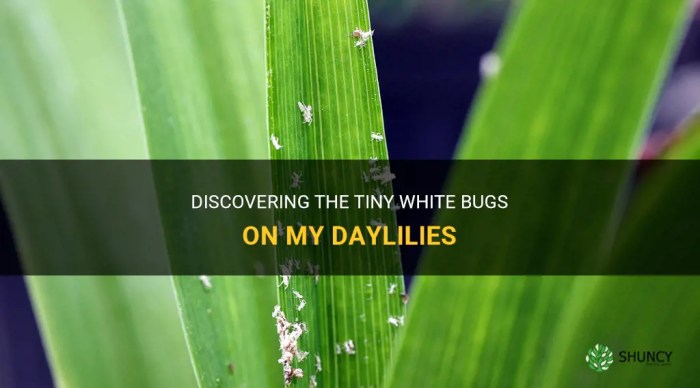
Tiny white bugs play an essential role in the daylily ecosystem, contributing to its ecological balance. They interact with various organisms within the ecosystem, including predators and parasites, creating a complex web of relationships. The presence of these bugs can have both beneficial and detrimental effects on daylilies.
Ecological Role in the Daylily Ecosystem
Tiny white bugs serve as a food source for numerous predators, including ladybugs, lacewings, and parasitic wasps. These predators help regulate the population of tiny white bugs, preventing them from causing excessive damage to daylilies. Additionally, the bugs assist in the pollination process by transferring pollen between daylily flowers, contributing to the plant’s reproduction.
Potential Benefits
The presence of tiny white bugs on daylilies can offer certain benefits. For instance, their feeding habits can help control populations of aphids and other pests that can harm daylilies. Moreover, their role in pollination contributes to the overall health and productivity of the daylily ecosystem.
Potential Drawbacks
Despite their ecological significance, tiny white bugs can also cause damage to daylilies. Their feeding can lead to discoloration and stunted growth of leaves, affecting the plant’s overall health and appearance. In severe infestations, they can cause premature wilting and even death of the daylily.Understanding
the biological significance of tiny white bugs is crucial for managing their presence on daylilies. By considering their ecological role and potential impacts, gardeners can make informed decisions regarding their management and control.
FAQ Overview
What are the most common tiny white bugs found on daylilies?
Thrips and mealybugs are the most prevalent tiny white bugs that infest daylilies.
How do tiny white bugs damage daylilies?
These bugs feed on plant sap, causing stunted growth, yellowing leaves, and deformed blooms.
What are effective control methods for tiny white bugs on daylilies?
Insecticidal soaps, neem oil, and biological controls like ladybugs can effectively manage infestations.
How can I prevent tiny white bug infestations on my daylilies?
Maintaining good plant hygiene, avoiding overwatering, and encouraging beneficial insects can help prevent infestations.
